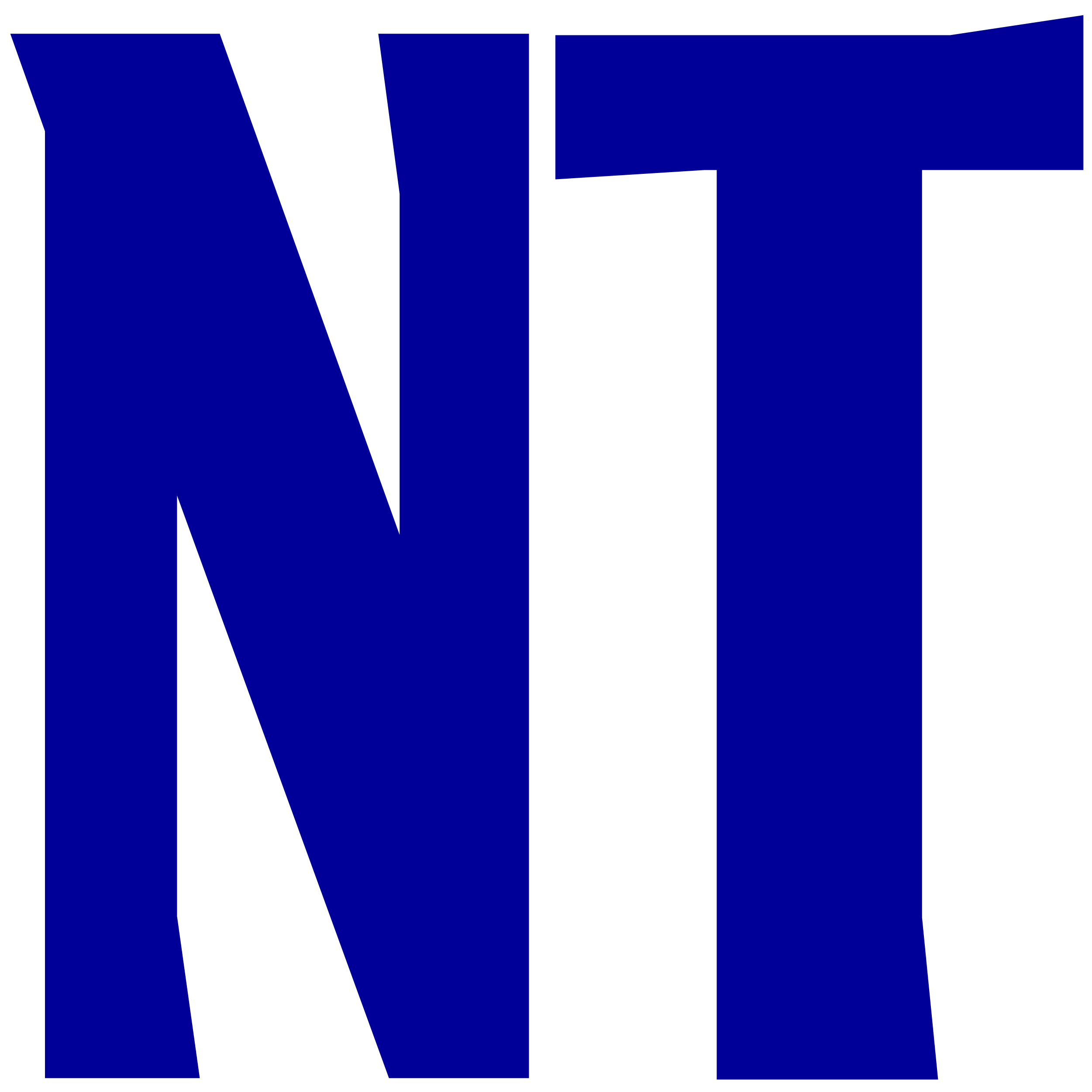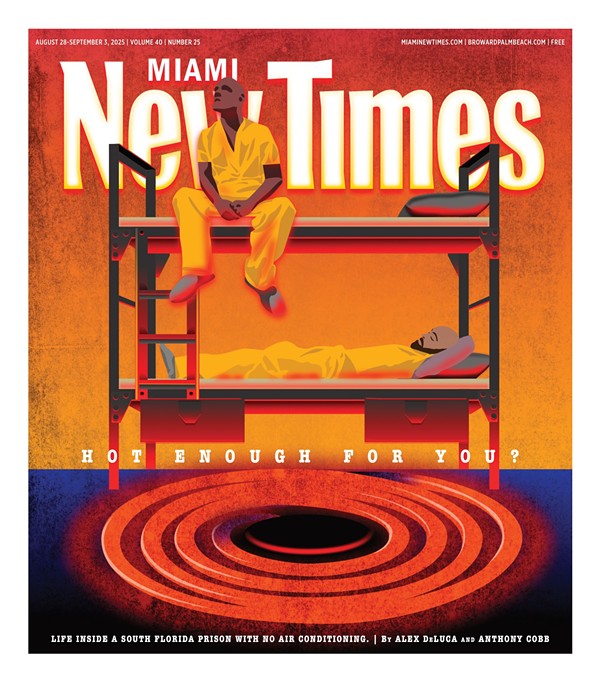Solid is the best word to characterize "D.B.A. 2012," the latest group exhibition featuring graduates of Broward County's Artists as Entrepreneur Institute. The show's title stands for "Doing Business As...," and the show itself features ten artists, most of whom any sane curator would never put together. The common denominator is that all have gone through an intensive four-day workshop, run by the county's Cultural Division, that encourages them to think as businesspeople as well as artists.
From that jumping-off point, curators Frank Crowley and JoAnn Nava, who are also program participants, have done an exceptional job of assembling a show featuring such wildly divergent talents. That the exhibition holds together at all is a tribute to their skill and vision.
Consider two artists whose outstanding contributions here couldn't be more different. Oil painter Bonnie Shapiro has long been one of South Florida's top realists. A native of the region, she captures scenes that seem to yearn for a fading Florida — a roadside landscape dotted with cattle and advertising signs, an old-fashioned diner, a stretch of near-empty interstate seen through a car windshield, all drenched in Shapiro's trademark twilight. Rendered in her unmistakable style, even her carnival scenes, several of which are included here, seem somber and elegiac.
Henning Haupt, by contrast, is a German transplant whose presence is just beginning to be felt locally. He was recently invited to join the Third Avenue Art District and its annual art walk, and his current warehouse-sized installation at the Projects at FAT Village has generated an insistent buzz. His specialty is abstraction, as in the three enormous and three small oil-and-crayon drawings in this show, which display his instinctive feel for composition.
Contributions from Shapiro and Haupt are situated diagonally opposite each other, and you could stand exactly midway between them to compare — if it weren't for a large Michael D. Harris sculpture occupying that spot. Harris' wood constructions, which are both sinuous and sensuous, are scattered throughout the exhibition, to great effect. His labor-intensive technique involves gluing layer upon layer of very thin plywood together and then polishing and staining it. The organic forms are based on aerial views of the waterways that give shape to the Everglades. It's knockout stuff.
Among other highlights of the show are Nolan Haan's trompe l'oeil "portraits" (his word) of cinder blocks, which he describes as exuding "strength, character, and personality." It sounds like silly anthropomorphism — until you take in DNA, his gigantic, highly textured portrait of such a block that lives up to the description. Around the corner, Debra Kasovitz's wall sculptures, fashioned from cast paper, steel, encaustic paint, and photographs, also live up to a line from her artist statement: "My work is about loss and recovery." She means that both literally and figuratively, as past and present mingle freely in works that incorporate reclaimed materials.
Newcomer Amelia Monroe, whose first group exhibition this is, has half a dozen works here, and they have an appealing but tentative quality, as if she's still getting a feel for what she can do with the combination of media she uses. She starts with photographic transfers of statuary she discovered while studying in France, then manipulates the images and adds to them with charcoal, crayon, and oil pastel. The results feel simultaneously ancient and modern.
Fortunately, curators Crowley and Nava were able to include their own work, and the show is even stronger for it. Crowley is one of the area's most consistently reliable abstract painters. Lately, according to his statement, he has transitioned from oil to mixed media, including acrylic, charcoal, pastel, pencil, watercolor, crayon, gouache, newsprint, and collage. He acknowledges the influence of abstract expressionism, most evident here in a powerful pink-dominated piece called The Bells, which has strong echoes of de Kooning.
I've run across isolated examples of Nava's work here and there, but this is the first time I've seen an extensive selection at once. She's a scene stealer. Like Kasovitz, she's also a recycler who incorporates found objects into her work. The nine pieces collected here include vintage frames and odds and ends of abandoned furniture, which for Nava serve as unconventional means of exploring such themes as human spirituality and our relation to the natural world.
As a sort of coda, the exhibition includes one work each by the three artists who initiated the "D.B.A." shows three years ago. Jacklyn Laflamme weighs in with Cosmopolitan, a witty mixed-media sculpture in the form of an eight-foot-high martini glass filled with a jaunty miniature cityscape. Virginia Fifield, who specializes in jaw-dropping animal portraiture in charcoal, is represented by the enormous, richly detailed Palm of the Alligator. And LeeAnna Yater continues her fabric-based explorations of the world of fractals with a four-paneled, black-and-white composition made of fabric appliqué and machine stitching.
These three artists, as different from one another as you could imagine, neatly encapsulate the theme of diversity that shoots through "D.B.A. 2012." You wouldn't normally expect to find them together, much less among the other ten artists included in this show, but you'll be glad you did.







